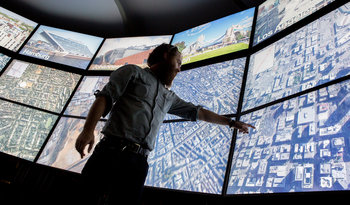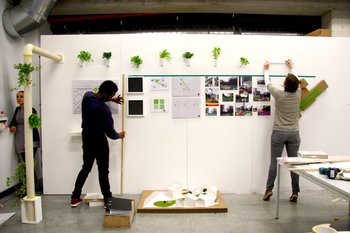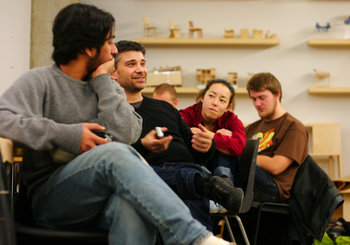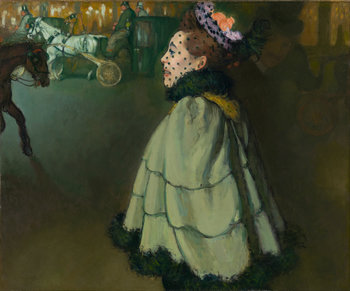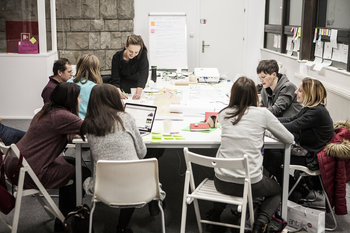Usability  Related Guides
Human Factors
| |
Use error and user error are terms for a mistake that a user makes in using a technology. In many cases, such "mistakes" aren't due to any fault on the part of the user as a technology may be poorly designed such that errors are likely.
Use Error vs User ErrorThe term use error is meant to be an improvement over "user error" as it avoids the assumption that the user is at fault. In some cases, user interface designs or technology shortfalls are the root cause of mistakes in user input.As an illustrative example, consider a steering wheel that doesn't behave as in other cars. The slightest move of the wheel results in dramatic turns. Most drivers would be at high risk of an accident using such a steering wheel until they are able to adapt to its unexpected behavior. The engineers who designed the steering wheel label all accidents "user error" as the steering wheel is working to its specifications. Labeling the incidents use error makes it more clear that the problem might be with the steering wheel as opposed to the drivers.As a rule of thumb, if more than 1% of users make a particular error, a use error is certainly a poor user interface as opposed to a human error.|
| Use Error | User Error | Definition | A mistake that occurs as a person uses technology. | A mistake that occurs as a person uses technology. | Implies | A poorly designed technology or human error. | Human error |
Next: User Experience
Human Factors
This is the complete list of articles we have written about human factors.
If you enjoyed this page, please consider bookmarking Simplicable.
A list of human factors in design.
An overview of value sensitive design.
A definition of human readable.
A definition or error tolerance with examples.
The definition of decision fatigue with examples.
The definition of demographics with examples.
The definition of pessimism with examples.
The definition of achieved status with examples.
The definition of the human condition with examples.
A list of words for emotion.
A comprehensive guide to design.
An overview of color theory.
The difference between layout and composition.
The difference between modeless and contextual user interfaces explained.
A list of common types of design.
The steps in a design process.
The common types of design quality.
A definition of universal design with examples.
A definition of sensory design with examples.
An overview of emotional design.
The definition of elegance with examples.
TrendingThe most popular articles on Simplicable in the past day.
Recent posts or updates on Simplicable.
Site Map
© 2010-2023 Simplicable. All Rights Reserved. Reproduction of materials found on this site, in any form, without explicit permission is prohibited.
View credits & copyrights or citation information for this page.
|





